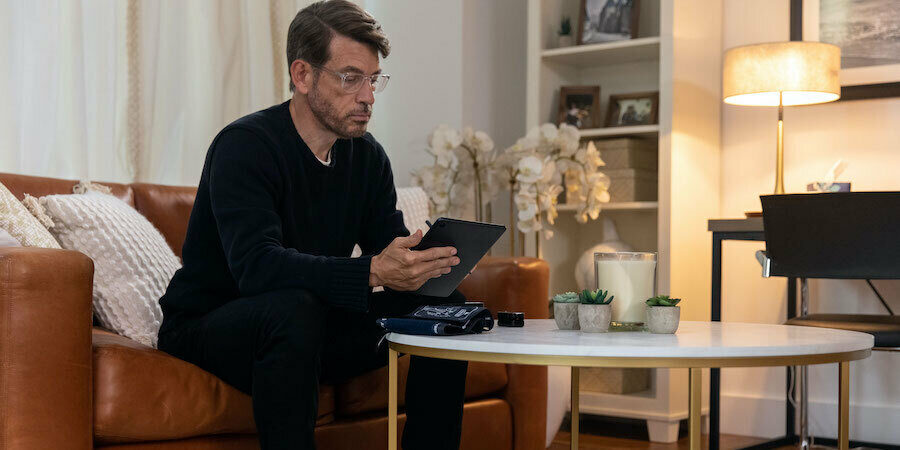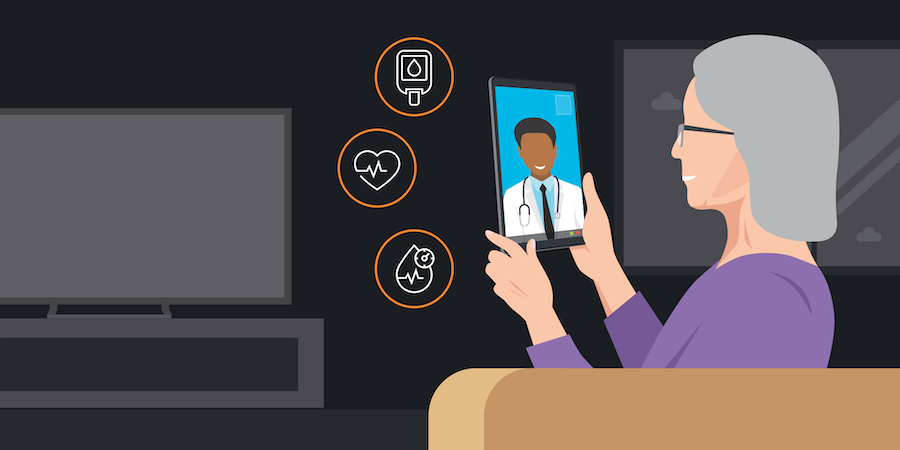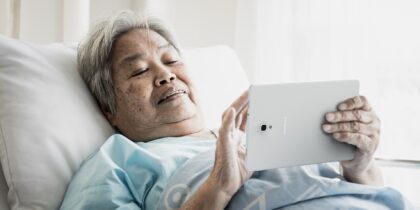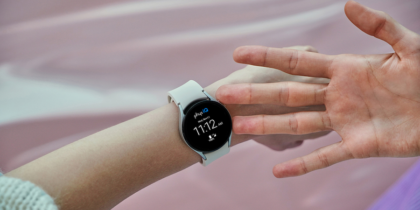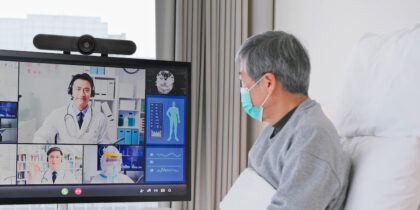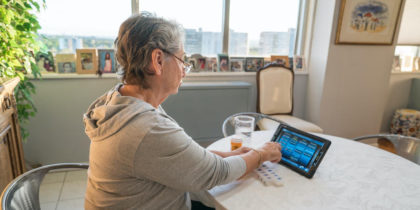Remote patient monitoring (RPM) was already on the rise before the pandemic, thanks to changing Medicare reimbursement rules and growing demand for better post-acute care and chronic disease management. When COVID-19 came along, RPM technology moved off the healthcare wish list and became a top priority.
The pandemic has created new use cases for remote monitoring and accelerated hospital adoption of digital healthcare technology. In 2020, 20 percent of hospitals and health clinics had already adopted RPM, and another 23 percent said they planned to do so over the next 12 months, according to a VivaLNK survey.
The pandemic also gave more people a chance to experience the benefits of RPM and other virtual care models. While providers used RPM solutions to keep high-risk patients at home, they also began redefining the future of value-based healthcare — learning telehealth best practices along the way. As a result, 43 percent of healthcare leaders believe that remote monitoring will match in-person monitoring within five years, according to VivaLNK, and 35 percent believe it will surpass in-person monitoring in the same amount of time.
Since March 2020, healthcare leaders have learned at least six significant things about remote monitoring:
1. Remote patient monitoring scales quickly
A longstanding RPM industry leader, Vivify Health has been evolving its platform for years, steadily growing its customer base. But COVID changed the pace of that growth from slow and steady to exponential. In the five years before the pandemic, Vivify experienced 100 percent annual growth. In the first six months of the pandemic, it grew by 700 percent.
“Our platform had grown over the years to facilitate the rapid creation of solutions through our patient-facing technology,” says Vivify CEO Eric Rock. “All these capabilities helped us deliver, literally in a 24-hour period, the CDC guidelines for basic screening. What we’ve done to respond to COVID has been tremendous with solutions to help every patient we can across our broad customer footprint. … This is not just a virtual visit, as you see across the industry. This is connected care that’s continual. And so the benefits that spill off of COVID as we’re transforming healthcare delivery are tremendous.”
2. Remote monitoring solutions adapt quickly
Providers traditionally used RPM to monitor recently hospitalized patients and to help people with chronic diseases manage their conditions. The pandemic increased the need for post-acute care at home and for solutions that keep chronically ill patients out from high-risk clinical environments. It also created a couple of new use cases — screening people at high risk for COVID-19 (including healthcare workers) and monitoring quarantined patients. Vivify Health quickly added this functionality to its platform.
“Now we’re progressing into other solutions as we transition through this pandemic into back-to-the-office solutions,” says Rock. “We have large providers, payers and communities that are serving employers with solutions to help get back to business by helping them manage their own employee base.”
3. Remote patient monitoring is worth the investment
The Centers for Medicare & Medicaid Services (CMS) expanded RPM reimbursement before the pandemic because the federal government’s own research found that this healthcare technology decreases hospital admission rates and lowers the cost of chronic disease management. During the pandemic, CMS and other payers further embraced telehealth out of necessity, making it even more profitable for providers.
“We saw more change from a regulatory standpoint in the first three to four months after the [COVID-19] outbreak than we did in the previous six years,” says Rich Curry, vice president of business development for Health Recovery Solutions (HRS), another leading remote monitoring solution. “Telehealth and RPM came into play. People were quarantined and under stay-at-home orders. It was too dangerous to have high-risk patients only have access to healthcare by taking a trip to a hospital.”
4. Patients are ready for remote monitoring
Even before the pandemic, people were warming up to the idea of connecting with their doctors remotely, but more patients are on board now that they’ve experienced the benefits of virtual care firsthand. In a May 2021 survey by MSI International, 65 to 70 percent of consumers said they’d be willing to have their care providers remotely monitor their blood pressure, heart rate, blood sugar and oxygen levels. Why? Among respondents, 43 percent cited RPM’s convenience, 37 percent said it would give them more control over their health, and 36 percent expect the data to allow for more accurate diagnoses and peace of mind.
“People long believed that seeking medical attention was best done physically in front of a doctor,” says Josh Klein, CEO of home health provider Emerest LLC, which uses HRS for remote monitoring. “Sometimes in emergency situations, that’s true. But COVID-19 made people understand there are other ways to seek healthcare. With COVID-19, it was healthier for people, especially the elderly, to stay home. They, their families and their caregivers finally realized they could use technology to still get the healthcare they needed.”
5. Remote patient monitoring enhances in-person interactions and builds community
Telehealth doesn’t replace human interactions and clinician-patient communication; it supplements and enhances those connections. Emerest, for example, uses the HRS remote monitoring tool to screen socially isolated patients for depression and grief, and then uses the tablet-based RPM solution to offer virtual group counseling sessions.
How to build a successful remote patient monitoring program
Discover the RPM solutions and best practices that transform the patient experience and improve health outcomes. Download Now
“We’ve used these technologies to create a community,” says Klein. “Using the Samsung tablets and software from HRS, patients now have a go-to place to address their health from the comfort of home.”
6. Remote monitoring is just the beginning
RPM has come a long way in recent years, thanks to rapid advances in mobile technology and cloud computing. As digital technology continues to evolve, so will remote monitoring solutions.
“The whole market’s heating up with all kinds of shiny objects and potentially beautiful products that still need to scale,” says Rock. “Opportunities are moving very quickly with things like ambient intelligence, AI, machine learning, aging in place, family caregivers and simpler virtual visits for the 80-year-old population — all kinds of wonderful things that we’re trying to stay ahead of the curve on innovation.”
For more guidance on remote monitoring — including how it works, how it benefits healthcare providers and how to get started — check out Samsung’s latest free guide. And before launching an RPM program, discover the entire versatile range of virtual healthcare technologies from Samsung.
